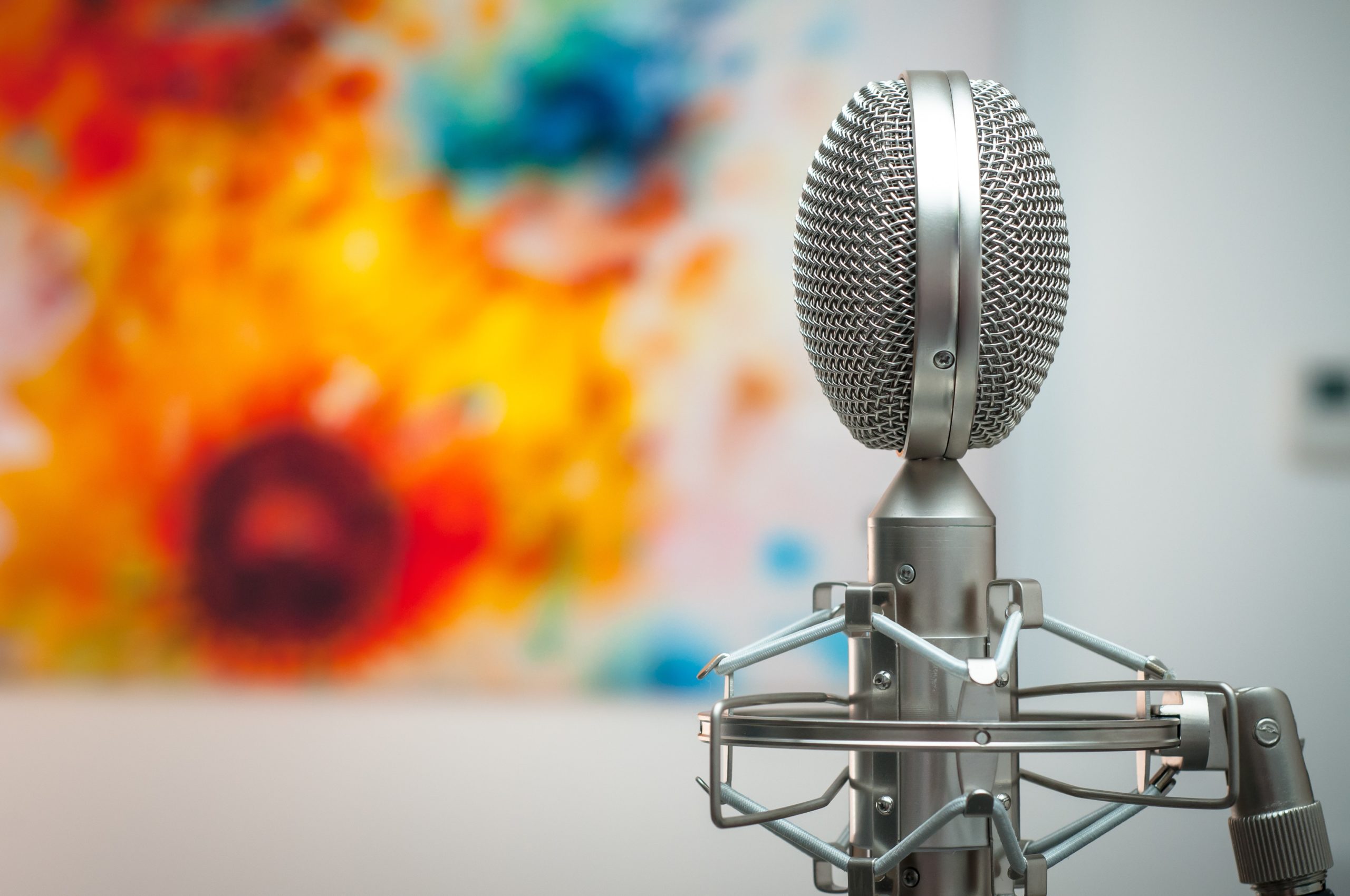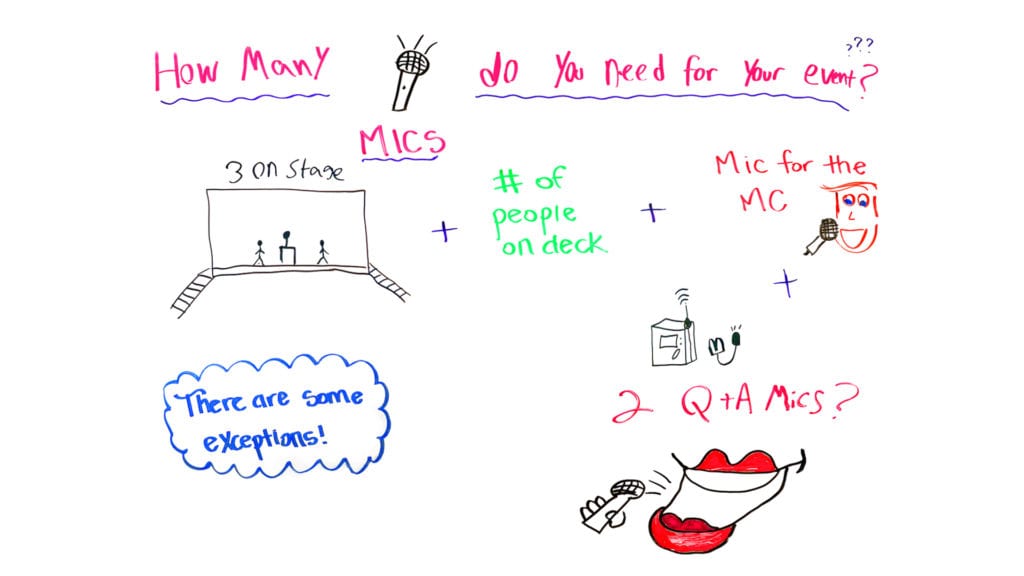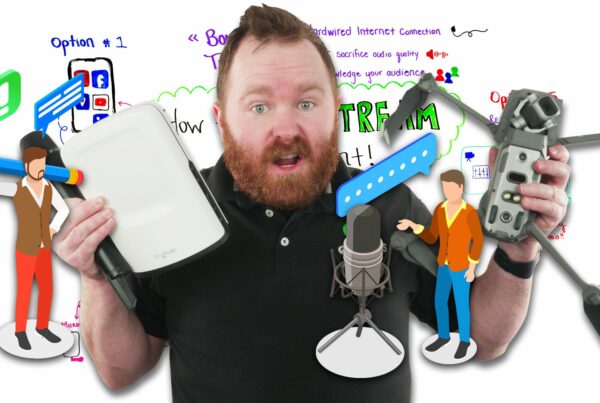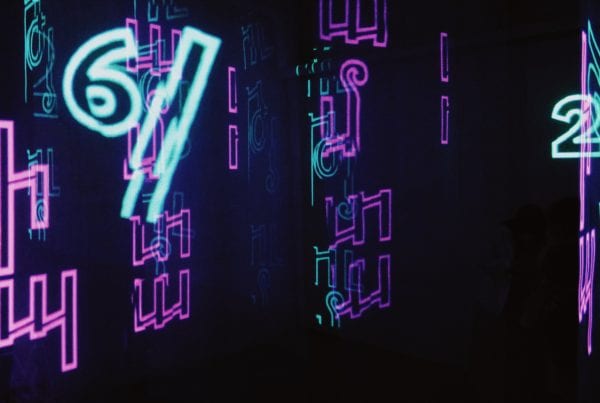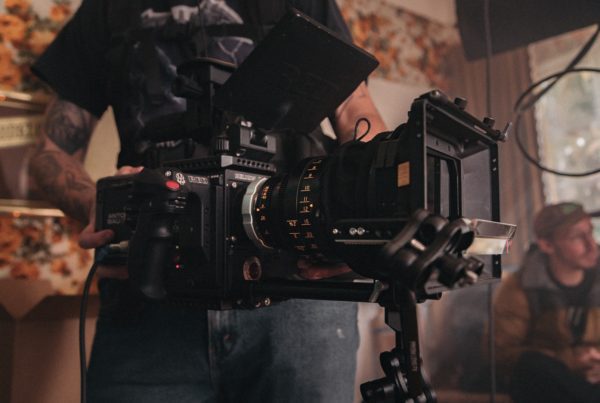How often do you sit around thinking about microphones for events? Probably not all that often. But that doesn’t mean you should disregard this part of your event! Because this is quite as much of a black and white question as you might think. While there is a logic to how many microphones you need, the answer isn’t straightforward. Well, at least not as straightforward as it seems. But fear not! As per usual, we are here to offer you some precious insight.
Introducing yet another edition of Whiteboard Wednesday is Will Curran. As our always cheerful and helpful host, Will is here to walk you through the matter of microphones for events. And more specifically, what you need to understand in order to know how many you will need in the end. So wait no further – do your soundcheck and press play!
Microphones For Events: How Many Do You Need? – Video Transcription
Hey, what’s going on, everybody? Will Curran from Endless Events, back here again with another Whiteboard Wednesday. And today, we’re answering one of the most common questions I get when walking people through quotes about microphones for events. And that is, “How many microphones do I need for my event?”. I mean, the first logic most people have is, “Okay, this is how many people I’ll have on stage at any given moment. That’s how many microphones I need.” Problem solved, Whiteboard Wednesday over. See you guys later.
Nope, it’s not that easy. We have a little bit of a formula that I like to use to know how many microphones I need, and I’m going to explain some exceptions to the rules. Potentially, that might allow you to go beyond this and kind of tweak it. But I think there are some good fundamentals to understand, to be able to teach you. If you haven’t yet, we did a Whiteboard Wednesday on all different types of microphones. I highly recommend that you go back and listen to that one, watch that one, so you can kind of understand the different types of microphones too. But this is just about the quantity of microphones. So when you’re looking at your quotes, you make sure you have exactly what you need to have the most smooth and easy-to-run event you’ve ever had in your entire life.
How Many People?
So let’s get going. Let’s start off with the number of people on stage. This is kind of the obvious one, like I talked about, that most people worry about. Okay, if I’m going to have a panel of three people and there’s going to be three people on stage- I need three microphones. I’m all good to go. Okay, start with that. Then you can turn this almost into a little bit of an equation.
People On Deck
Next, you want to add the number of people on deck that are about to speak. Why is this important in microphones for events? These people aren’t on stage yet. Why do they need a microphone when these are the guys that obviously need it? You want to make sure that the people who are on deck, about to go speak, before any breaks specifically.
I always like to count the number of people on deck is before there’s any actual breaks. You want to count those in as well. And the reason why that’s important is that let’s say this panel of three people gets done. And then following it is a panel of two people who are about to get on stage immediately afterward. If you have any sort of tight turnarounds between sessions, for example, instead of having a five-minute break or a 10-minute break in between panels, it’s going to mean that they’re going to have to get on stage right away.
Aim For Smooth Transitions
Well, especially if you only have one audio engineer who’s doing all the mixing and everything like that, and sometimes they’re doubling up and being the video guy and the lighting guy as well, it’s really hard for them to go up, run up to stage, get the microphones off of these guys, then get them on these guys. These guys then can go on stage, and then go. That’s really a difficult transition to make. Especially if you’re using Lavalier microphones. It can be very, very difficult. You have to pull it out, you have to get it go, you have to reseat it, you have to explain to them how it all works. And to avoid this and that and, oh, by the way, you also have to explain how the clicker works. That transition can be really, really tough.
What instead we like to do is get these people all set up and good to go and miked up. While these people are on stage, so then that way, when they get done, boom, they can get on stage. I think that’s the kind of the normal transition people want to have, is this quick, okay, content, go, content, go, content, go. You need to make sure that you have the same number of microphones here.
Wait For The Breaks!
Like I said before, also you want to wait until there’s another break. Because if there’s another chance that we can then mike up the next set of people, you can get everybody miked up and good to go. Just so then that way, between breaks, they just walk on stage and they kind of do their thing.
What’s great about this too is if you have an audio engineer, they can power lock these belt packs, and the microphones to leave it so they’re locked on and then they can just mute it at the board level. So you can tell them like, “Hey, don’t worry about it. I won’t put you on unless you’re on stage. They’re all good to go and they’ll take care of you.” So that’s a little bit of a pro-tip, mini tip, Whiteboard Wednesday, inside of a Whiteboard Wednesday. But again, microphones for events: the number of people on stage plus the number of people on deck. All right, you with me so far? All right.
Adding To The Equation
You want to then also add-in, if you have any sort of MC, they’re probably going to get their own dedicated microphone. The reason why that’s nice to have is that the MC is going to be consistent throughout the entire day. Especially if they’re going to be in between the people on deck and the people that are on stage right now. For example, the MC is going to run on stage and introduce the next people on deck, and then good to go. We just want to give them their own microphone and let them hang onto it all day long, and they’re all good to go.
Microphones For The MCs
So then include that quantity, how many MCs, or if you only have one MC, include that in your count as well. So far, for example, let’s say you have three people on stage. Then you have a panel that’s going to be on deck right afterward. And you have one MC, you’re going to need a total of seven microphones. Kind of following along so far? I know math is hard. I definitely did poorly in it in school. Hopefully, we’re all keeping up today.
Q&A
So next up in microphones for events, you also want to include the number of Q&A microphones that you’re going to have as well. Obviously, we love to do Q&A with presentations and everything like that. Make sure that you include those microphones because these Q&A microphones are going to be dedicated just to Q&A. Why is that important? Well, for example, let’s say you have a microphone, like a handheld microphone for Q &A. Or better yet, you have one of these fancy, cool throwable Catchbox microphones that everybody loves so far. You want to make sure that the audio engineer has a chance to adjust the levels and set it up properly. And to be able to make sure it sounds fantastic and just leave it like that.
Because, for example, with Q&A microphones, people tend to hold it very far away from them. And they tend to talk very quietly, and we want to make sure that if they’re being quiet that we can adjust their levels and bring them up. Whereas, for example, let’s say the MC microphone, you want to double it up as a Q&A microphone. Well, let’s say the MC’s very, very loud. Well, then you go to a Q&A microphone and they’re very quiet, the audio engineer’s going to be there adjusting the levels like all day long. So I just recommend leave these as dedicated microphones. If you have the budget to be able to do it, just have two dedicated or three dedicated, however many Q&A microphones, one dedicated. Just have a dedicated microphone.
Recap!
So again, to kind of recap this whole equation. Number of people on stage, plus the number of people on deck before the next break, plus how many MC microphones that you need, plus how many Q&A microphones that you need. And that gives you the total number of microphones that you could need for your event. Okay, so you might be thinking to yourself, “Well, man, that sounds like a ton of microphones. I’ve gotten away with three microphones before and things like that.”
Okay, there’s exceptions to this rule. And the exceptions, a lot of them have to do with the flow of your event, the quality that you’re looking for, kind of how people work within the room. So you might think to yourself, “Well, we usually do one Q&A microphone that’s also the same handheld that the MC uses. Okay, that’s totally fine. As long as you have an audio engineer who could keep up, and as long as the MC is ready to run around the room and take the Q&A microphone out to people, no problem at all.
Microphones For Events: The Design
Let’s say, for example, you don’t want to have the number of people on deck. Let’s say, for example, you have a panel of eight people and that’s the biggest panel you’re going to have, but the rest of the day you only have one person on stage and maybe one person on deck. Well, you don’t need to have eight microphones plus one and do that all day long. Maybe, for example, you put a big break right after that panel for eight. There’s a couple of little exceptions that you can make. But again, this has to do with designing your event and designing your content to work with AV, which I know we’ve talked a lot about on these Whiteboard Wednesdays. It can’t be just this, I need AV and content. They’re separate. They really have to mesh together and work well together.
If You’re Cutting Down…
So if I can make a suggestion. If you’re looking at cutting down the number of microphones for events, whenever you have a large panel, put them right before a big break. The reason why that’s great is that if you have a big panel, then it gives time for the audio engineer to get the microphones off of people. Which, by the way, I don’t think I’ve had a chance to explain this. But a lot of times the reason why that transition’s tough is these people just got on stage, they said a lot of really cool, important stuff. You ever notice how everyone wants to go talk to them right at the end of their talk and ask them questions and get their business cards and things like that?
Well, that makes an audio engineer’s job difficult because they’re in the middle of talking to someone. They don’t want to go peel the microphone off of them and everything like that. That can be really, really difficult. So put the big panels that you’re going to do before a big break, so it gives a chance for the audio engineer to get all the microphones off of everybody, get the next panel and group of people all miked up and good to go.
Pro Tips!
There’s also another couple of quick tips that you can do as well. One thing I highly recommend is to make sure that you ask your AV company for what is called a combo kit microphone. So we all know what a handheld microphone is. That’s the kind of like standard one that you handhold, right, like one of these. Well, then we also know Lavalier microphones. That’s what I’m wearing right now, where you clip it onto someone’s shirt. Well, almost every AV company has what’s called a combo kit. In fact, Endless prefers only using combo kits. We don’t like to give you just a handheld or just a Lav. Instead, what it allows us to do is have the choice between a handheld or Lav on that same frequency. So you can’t use them both at the same time, but it allows you to have that flexibility.
So what’s great about this is that, for example, let’s say that panel of eight people, that’s like your biggest panel. You need just two extra microphones than you normally do. But they’re not planning on doing any Q& A at the end. Well, what we can do is we can take those two handheld microphones that we had for the Q &A, utilize the Lavalier portion that’s on the combo kit, handheld/Lav, and use that for the bigger panel. So there’s a couple of like strategies that you kind of have in here.
Talk To Your AV Company!
One important thing to know as well, as a bonus tip, is to think about having this conversation with your AV company. Especially if your budget’s sensitive, to make sure you have the right amount of microphones, they understand the content. And they’ve talked kind of through these four elements to make sure that they have the exact count of what you need. Because the last thing that you want to have is someone’s rushing around trying to get microphones off of the people. “We’re short. Oh, we don’t have enough microphones. Oh, we have to take the Q&A microphone from onstage,” and stressful as well. Or having to put unnecessary amount of breaks in between content, if you want to move quickly. All these things can be solved by having this conversation ahead of time.
And you might be watching this Whiteboard and so you’re spending 15, 20 minutes. It might seem like a long conversation to have, but if you understand these four elements and you tell your AV company, “Hey, most amount of people up on stage is four people. The next biggest panel that we’ll have following that will be four people. We need one MC microphone and we need two Q&A microphones.” They’re going to give you the exact amount of microphones that you need. And make sure that they’re combo kits, so you have some flexibility between Lavalier and handheld microphones. It’s kind of like buying two mikes for the price of one. Whoo. That’s a lot of this information about microphones all together in one. But again, remember there are exceptions to this, but you have to have the conversation first because we want to make sure that you have a super successful and well-run event.
Conclusions
I would love to know if you have any other tips around microphones for events or anything like that. Things that you’ve done in the past in order to save money or to be able to make your event run a little bit smoother when it comes to microphones. I’d love to know in the comments down below. Let us know. And yeah, I hope you enjoyed this Whiteboard Wednesday and all this information. Hopefully, now you have a better understanding of how many microphones you need for your event. This has been Will Curran from Endless Events. It’s been Whiteboard Wednesday. All right, let’s drop the mic. Let’s get out of here.


